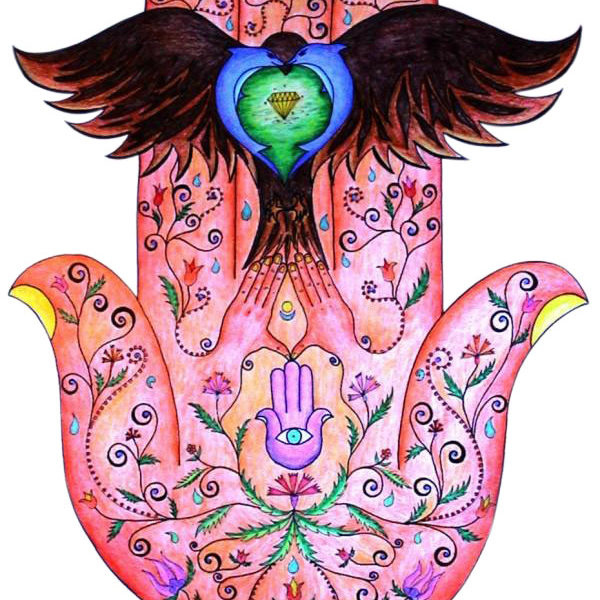
TRIGGER POINT THERAPY
Trigger point therapy is a bodywork technique that involves the application of pressure to tender muscle tissue in order to relieve pain and dysfunction in other parts of the body. It may also be called myofascial (myo meaning muscle, fascial meaning connective tissue) trigger point therapy. Trigger point therapy is sometimes regarded as one of a group of treatment aproaches called neuromuscular therapy or NMT.
Trigger points are thought to result from a variety of causes, including birth trauma, hypoglycemia , vitamin B6 deficiency, food allergies , traumatic injuries, poor posture, skeletal asymmetry, overexertion, or such diseases of the digestive tract as ulcers and irritable bowel syndrome . During times of physical or emotional stress , the points cause muscles to spasm.
Trigger point therapy is said to interrupt the neural signals that cause both the trigger point and the pain. The object is to eliminate pain and to reeducate the muscles into pain-free habits. In this manner, the swelling and stiffness of neuromuscular pain is reduced, range of motion is increased, and flexibility and coordination are improved. The therapy can also relieve tension and improve circulation.
The list of conditions that benefit from trigger point therapy include arthritis; carpal tunnel syndrome ; chronic pain in the back, knees, and shoulders; headaches; menstrual cramps; multiple sclerosis ; muscle spasms, tension, and weakness; postoperative pain; sciatica ; temporomandibular joint syndrome (TMJ); tendinitis ; and whiplash injuries.

REFLEXOLOGY
Reflexology is a therapeutic method of relieving pain by stimulating predefined pressure points on the feet and hands. This controlled pressure alleviates the source of the discomfort. In the absence of any particular malady or abnormality, reflexology may be as effective for promoting good health and for preventing illness as it may be for relieving symptoms of stress, injury, and illness.
Reflexologists work from maps of predefined pressure points that are located on the hands and feet. These pressure points are reputed to connect directly through the nervous system and affect the bodily organs and glands. The reflexologist manipulates the pressure points according to specific techniques of reflexology therapy. By means of this touching therapy, any part of the body that is the source of pain, illness, or potential debility can be strengthened through the application of pressure at the respective foot or hand location.
Reflexology promotes healing by stimulating the nerves in the body and encouraging the flow of blood. In the process, reflexology not only quells the sensation of pain, but relieves the source of the pain as well.
Anecdotally, reflexologists claim success in the treatment of a variety of conditions and injuries. One condition is fibromyalgia. People with this disease are encouraged to undergo reflexology therapy to alleviate any of a number of chronic bowel syndromes associated with the condition. Frequent brief sessions of reflexology therapy are also recommended as an alternative to drug therapy for controlling the muscle pain associated with fibromyalgia and for relieving difficult breathing caused by tightness in the muscles of the patient’s neck and throat.
Reflexology applied properly can alleviate allergy symptoms, as well as stress, back pain, and chronic fatigue. The techniques of reflexology can be performed conveniently on the hand in situations where a session on the feet is not practical, although the effectiveness of limited hand therapy is less pronounced than with the foot pressure therapy.

DEEP TISSUE
Deep tissue massage therapy is similar to Swedish massage, but the deeper pressure is beneficial in releasing chronic muscle tension. The focus is on the deepest layers of muscle tissue, tendons and fascia (the protective layer surrounding muscles, bones and joints).
A study in the Journal of Alternative and Complementary Medicine found that people’s blood pressure fell after a single 45 to 60 minute deep tissue massage. Additionally, a 2010 meta-analysis in the Journal of Clinical Psychiatry found that massage modalities like deep tissue reduce stress hormone levels and heart rate while boosting mood and relaxation by triggering the release of oxytocin and serotonin.